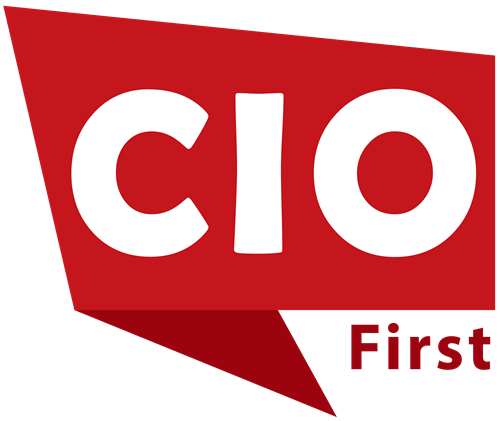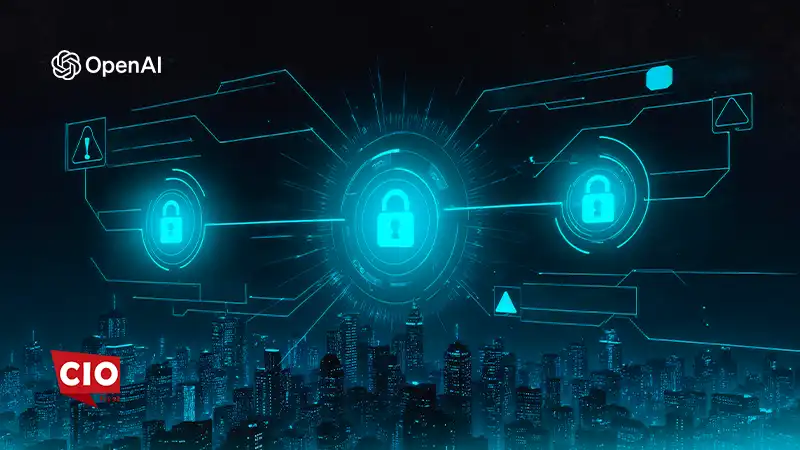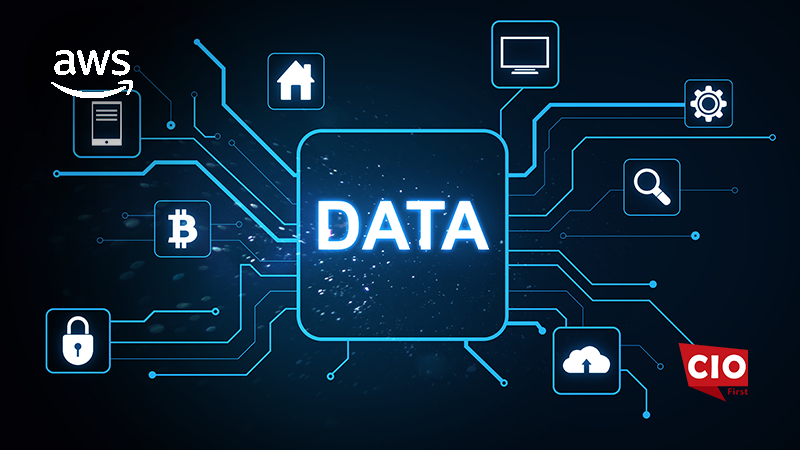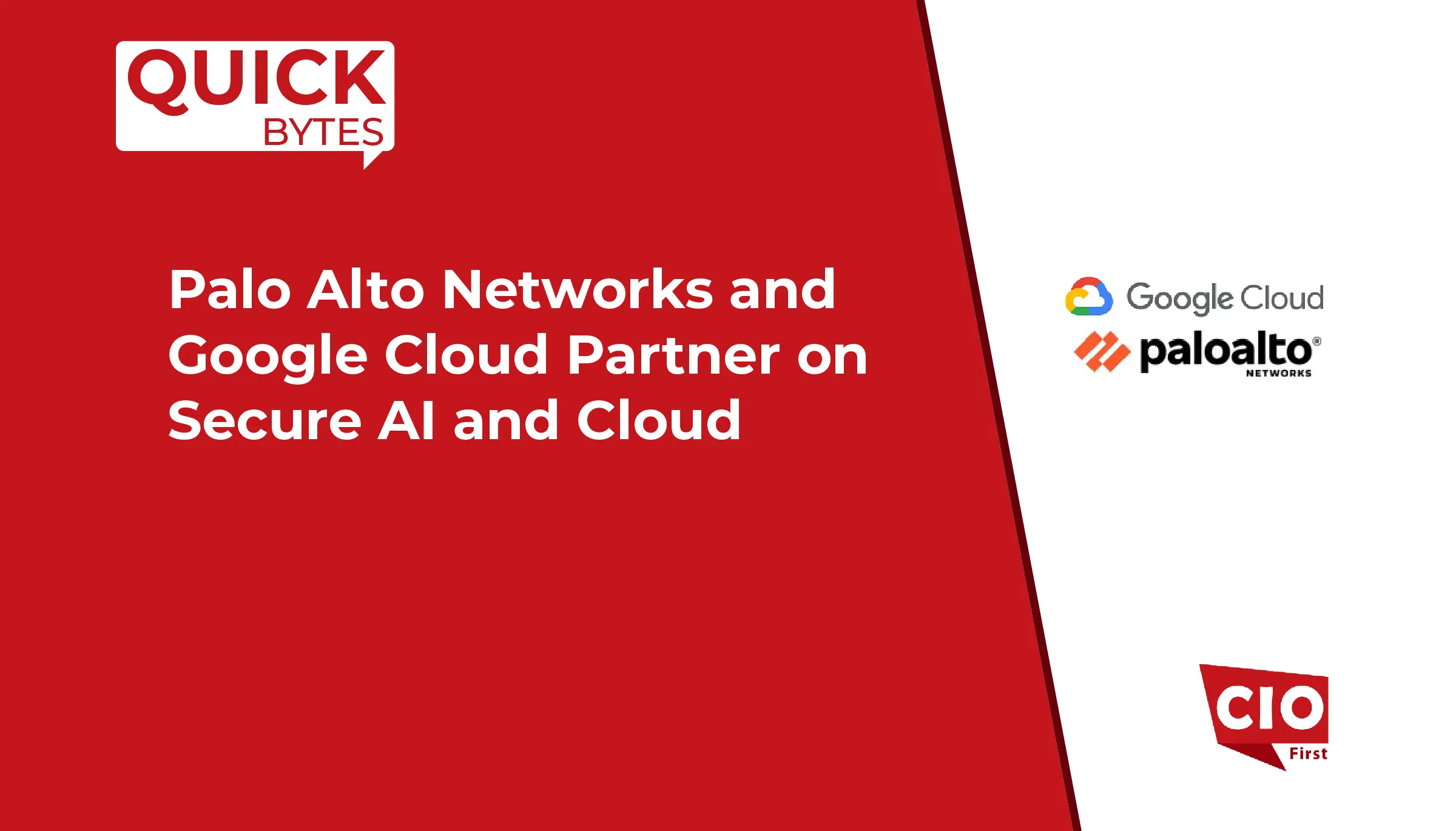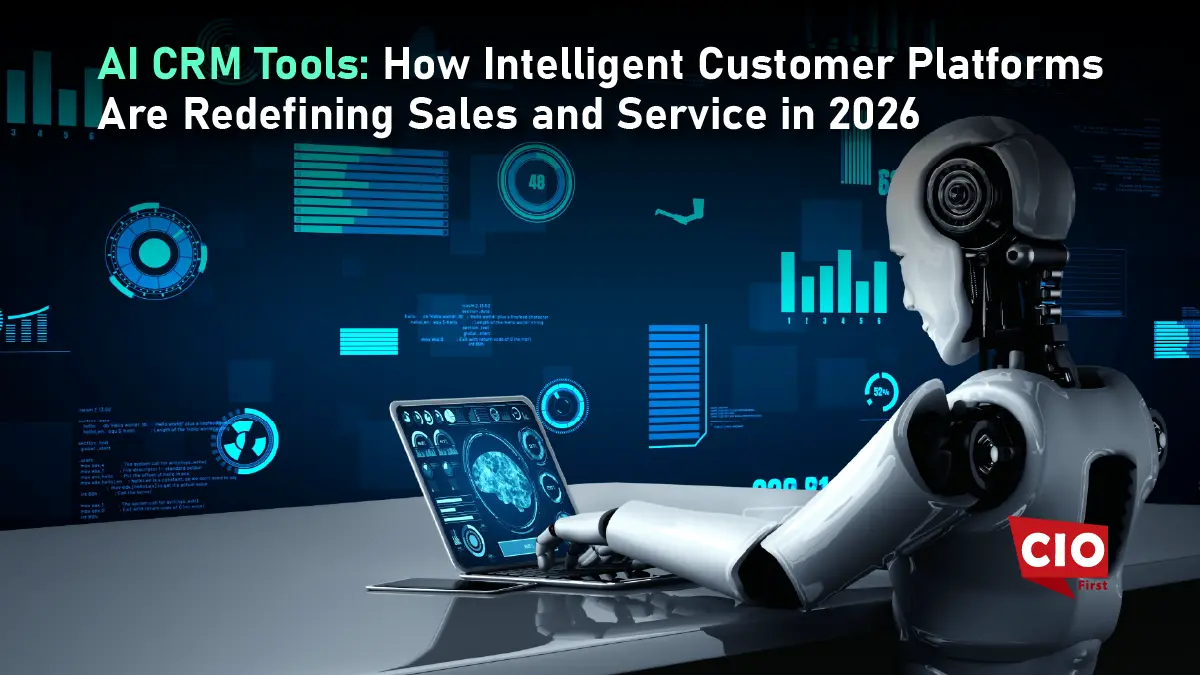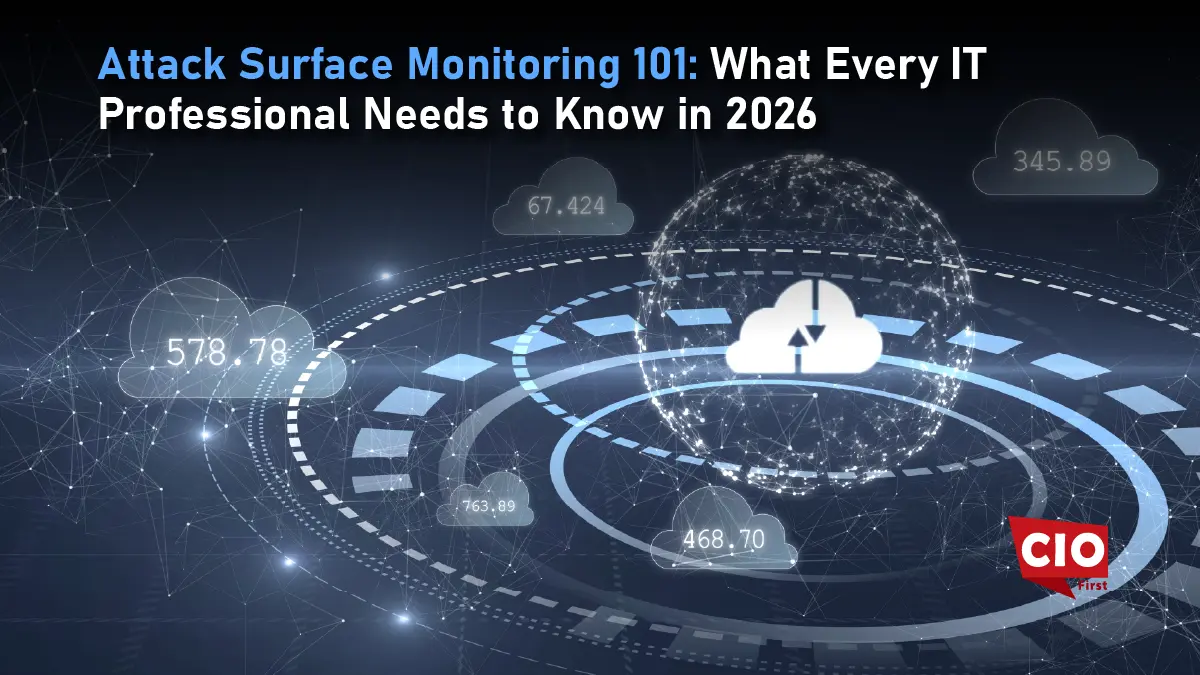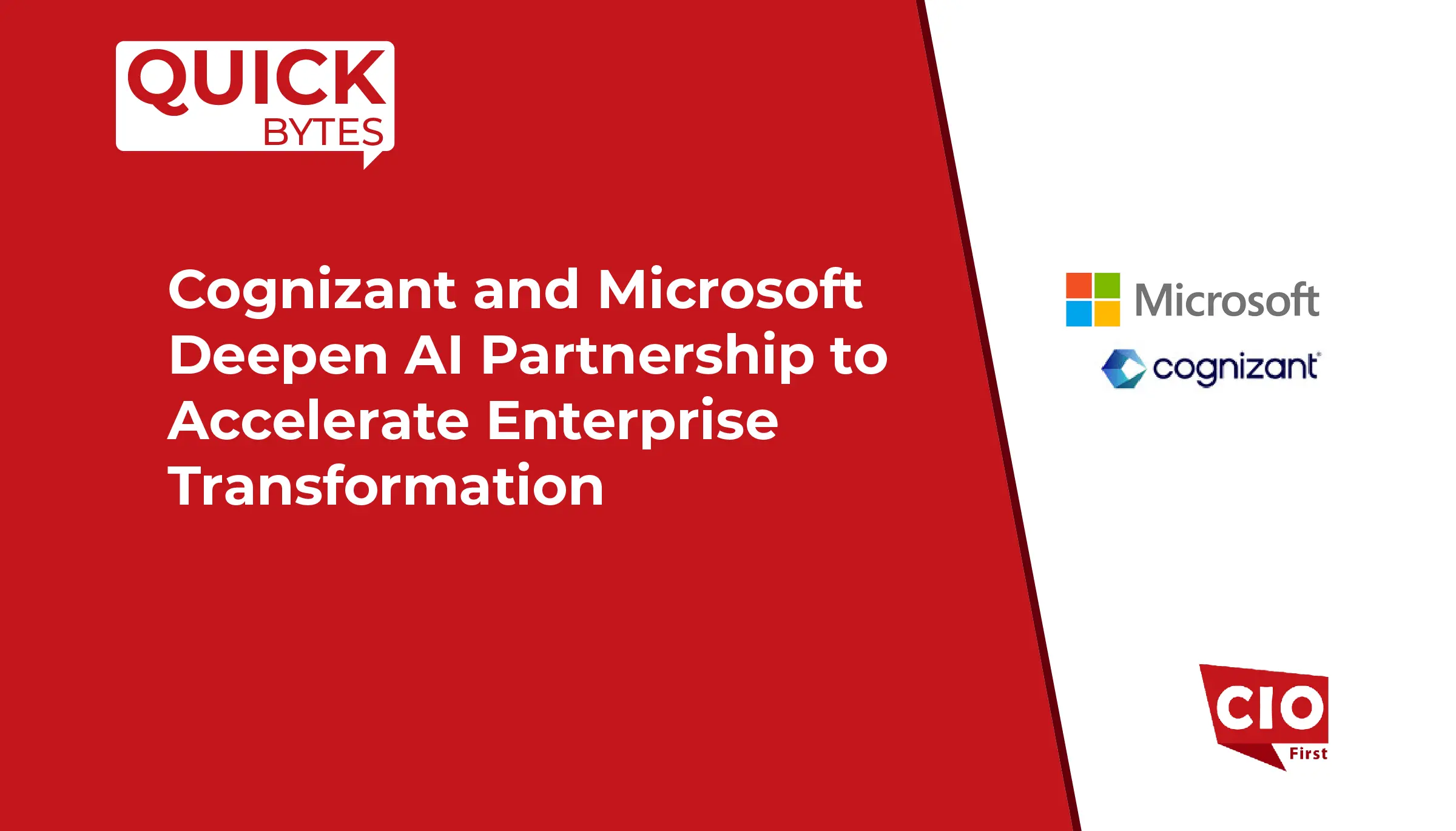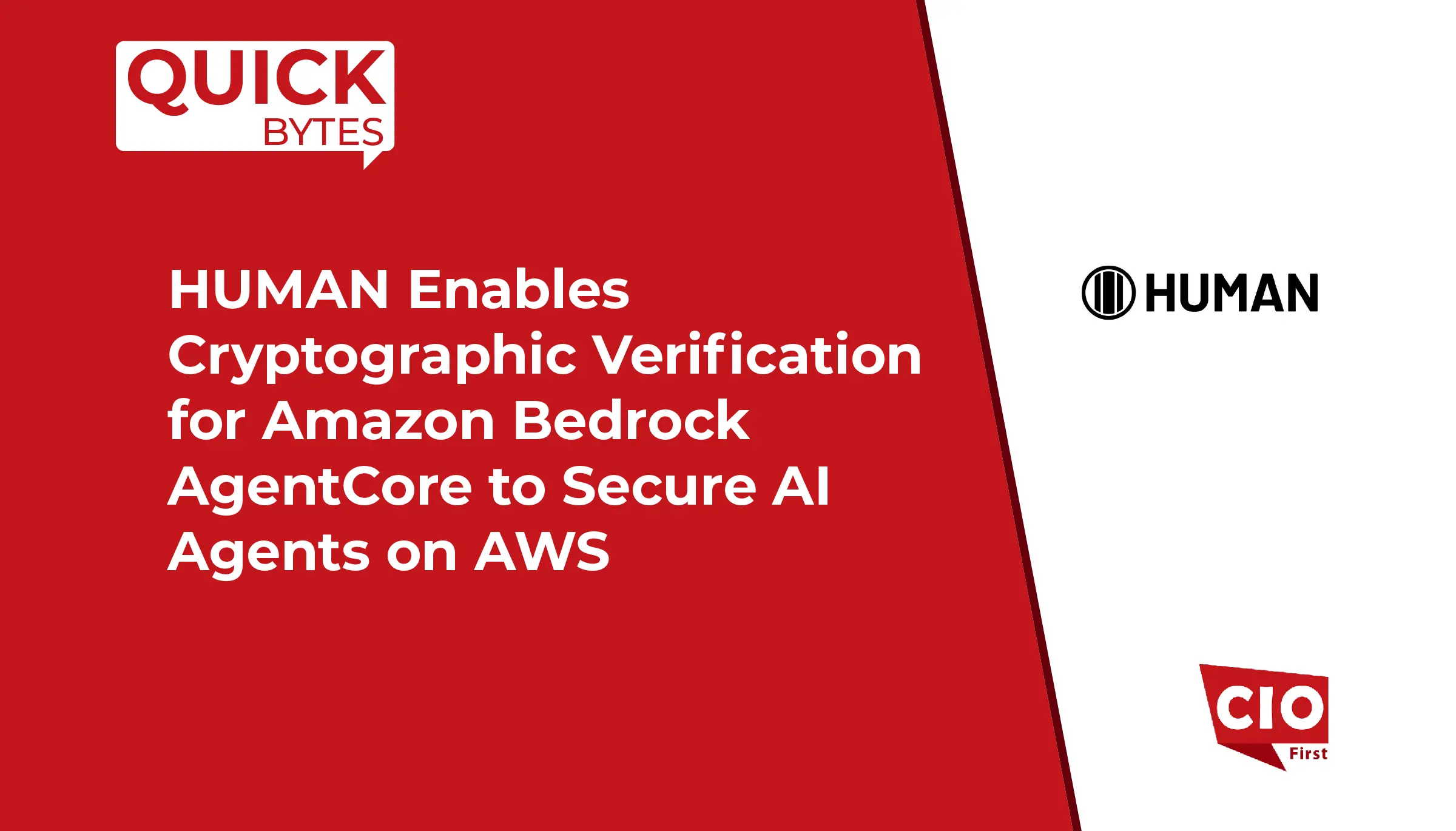In the fast-paced world of tech, speed and simplicity drive success. No-code automation is no longer just a buzzword. It’s become a strategic necessity for both SaaS startups and large enterprise tech firms. These tools let users build workflows, automate tasks, and launch products without writing a single line of code. The result? Faster innovation cycles, lower development costs, and a level playing field for smaller teams. For business leaders, ignoring no-code isn’t an option anymore. It’s not just about convenience, it’s about staying competitive in a rapidly shifting landscape.
From a Niche Tool to a Strategic Asset

No-code tools started off as simple website builders and drag-and-drop form designers. At first, they were seen as limited, useful only for non-technical users working on small projects. That has changed. Modern platforms now integrate APIs, support databases, and connect with enterprise-grade systems. These tools power entire SaaS businesses, automate customer journeys and manage backend operations.
Today’s no-code platforms can handle complex logic, conditional workflows, and even AI integrations. This puts advanced tech into the hands of marketers, product managers, and operations teams. A growth team at a SaaS startup can now build and test onboarding flows without touching the engineering backlog. A large enterprise can streamline internal approval chains and compliance tracking in days, not months.
What makes no-code automation unique is how it redefines speed and ownership. Teams can solve their own problems. They don’t have to wait for IT or development cycles. This shifts the innovation model from top-down to bottom-up, empowering every department to build, iterate, and improve.
This shift is also drawing the attention of major tech giants. In April 2025, during the Google Cloud Next 2025 event in Las Vegas, Google introduced Agentspace, a no-code platform designed to enable users to build and manage multi-agent systems. Agentspace allows teams to orchestrate agent-based processes. This includes automated decision-making, task coordination, and data-driven triggers without writing code. It highlights how no-code is no longer limited to task automation but is expanding into advanced system design, making powerful capabilities accessible to business teams, product owners, and operations leaders alike.
Reimagining Workflow Ownership Across Teams

The biggest impact of no-code automation isn’t just faster deployment, it’s decentralization. Workflows that once needed developers can now be built directly by the people closest to the problem. Operations teams use no-code tools to automate lead routing, invoice generation, and employee onboarding. Customer support teams design chatbots, email sequences, and ticket escalations, all without developer input.
The impact of no-code automation goes beyond cost savings or faster deployment. It is fundamentally changing how teams collaborate and solve problems. With no-code tools, marketing, sales, product, and support teams can all contribute directly to building workflows, automating processes, and launching new initiatives. This democratization of technology empowers every department to experiment, iterate, and optimize without the bottleneck of IT backlogs or the need for extensive documentation.
A SaaS startup, for example, can have its marketing team spin up new landing pages, automate lead routing, and connect customer data across platforms, all in a single afternoon. Enterprise IT departments, once bogged down by manual ticketing and repetitive onboarding tasks, now orchestrate complex workflows that scale with business needs, improve employee experiences, and reduce errors. For enterprises, it means less dependency on overstretched IT teams and quicker responses to market shifts. This trend is creating what some call “citizen developers” a non-technical staff building enterprise-grade solutions. The gap between technical and business teams is shrinking. Collaboration is becoming more fluid. And workflows are getting smarter.
Real-World Impact Across Sectors
No-code automation is proving its value across industries. In financial services, teams use it to monitor regulatory changes and trigger compliance workflows. An investment firm built an internal risk-scoring system using no-code tools. It pulls in market data, applies decision logic, and flags anomalies, all without manual work.
Healthcare organizations use no-code platforms to track patient outcomes, schedule follow-ups, and integrate lab results. One clinic automated its entire intake process using no-code. That reduced patient wait times and improved staff efficiency.
In the e-commerce world, brands are launching personalized campaigns using no-code tools that sync with CRMs and payment systems. Even government agencies are using no-code automation. Local governments have launched permit-tracking apps, public feedback systems, and internal dashboards. In the web development space, Dotsquares launched an AI-powered no-code platform for Drupal in March 2025 at its event in Jaipur, India. This initiative aims to democratize website development by enabling non-developers to build robust sites using AI and intuitive interfaces. By targeting Drupal, a widely-used CMS, the platform opens up new possibilities for content managers, marketers, and small businesses seeking greater autonomy without technical skills.
Also Read: What Is Edge AI Hardware? A Strategic Guide for B2B Tech Leaders
Strategic Leverage for Leaders
For tech leaders, no-code platforms offer a rare advantage: rapid transformation without the usual overhead. But to fully benefit, leadership must shift how they think about tools, teams, and trust. They need to champion cross-functional collaboration and recognize the value of distributed problem-solving.
This means providing training, governance frameworks, and data access. The goal isn’t to bypass IT, it’s to align it with business goals more tightly. In one global enterprise, enabling no-code development across teams cut project timelines by half. Engineers were freed up to focus on infrastructure and core systems, while business teams handled front-end automation. Upskilling also plays a vital role. As more employees build their own tools, they gain a deeper understanding of processes and data. This unlocks creativity and builds ownership.
Of course, ethical considerations matter. Leaders need to set clear policies for data handling, user permissions, and change management. Without oversight, no-code solutions can create data silos or security risks. That’s why smart organizations establish early review processes, audit logs, and centralized monitoring.
Challenges and the Road Ahead
No-code automation isn’t without challenges. Some tools lack scalability. Complex use cases might still need custom development. And integrating no-code apps into legacy systems can be tricky. But these issues are being addressed. Many platforms now offer dev handoff features, enterprise connectors, and version control. These features make them viable not just for prototypes, but for production environments.
Another concern is governance. If every team builds its own tools, there’s a risk of fragmentation. That’s why successful companies pair freedom with structure. A central team might review new workflows, offer templates, and help teams follow best practices. This ensures alignment without slowing down innovation.
The regulatory landscape also plays a part. In industries like finance and healthcare, no-code tools must comply with strict data regulations. Leading platforms are already addressing this, offering HIPAA compliance, SOC 2 certifications, and advanced access controls. As adoption grows, these standards will only improve.
The New Frontier of Business Building
No-code automation is changing how companies build, operate, and scale. What started as a workaround for non-coders has become a cornerstone of digital strategy. In the near future, expect even more capabilities like AI integrations, real-time collaboration, and mobile-first development.
Imagine building entire SaaS apps from your phone, or launching a new internal system in a day. These aren’t dreams. They’re becoming standard practice. The winners in this shift will be the organizations that embrace speed, decentralization, and trust.
No-code platforms are not just tools. They’re a mindset shift. One that moves power closer to the people who understand the problems best. Businesses that embrace this shift will build faster, adapt quicker, and compete harder. The future of tech isn’t just about who writes the code. It’s about who uses automation to unlock what’s next.
